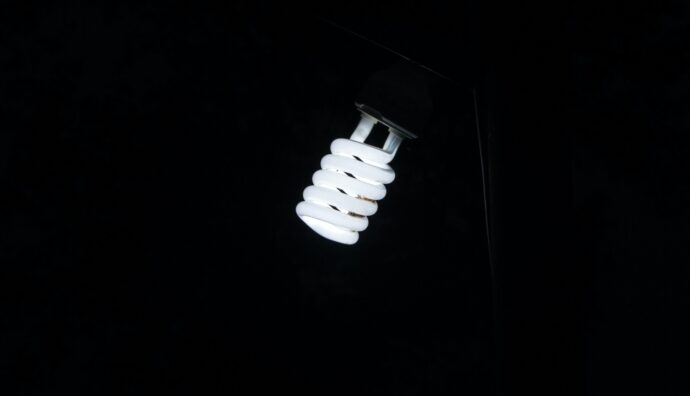Energy efficiency is undoubtedly one of the mantras of recent years. A trend made even more topical by the international situation we are right now experiencing.
For economic, financial and environmental reasons, we try to reduce consumption and put effort in not wasting energy. It is a difficult challenge.
Almost fifteen years ago, when Alexa and the Google Assistant did not exist, intelligent home automation devices were in their first steps, an energy company involved us in a project with a simple and apparently trivial purpose for the construction of a device.
A device, connected to the home network, which measured consumption in real time, providing back awareness to the bill holder.
Now these devices are quite widespread and are used for complex automatic consumption calibration operations. But at the time it was enough to show the end user how much power he used to lower consumption by an average of 18%.
Anyone who practices sports continuously has the need to dose the energy, calibrating the use of power accordingly.
Even more, those who practice Aikido pretend to walk in a discipline that from its name bears the responsibility of knowing, treating, developing and using “ki”. Which can roughly be translated as “energy”.
A good training path starts from there: from the awareness of how much energy we spend, how we disperse it. Dedicating yourself to it with a little consistency reveals each of the ways to reduce the unaware expenditure of energy.
Focusing “just” on the biomechanical dimension of the practice, there are many ways to disperse strength and energy: from a poor warm-up circuit to posture errors; from unnecessary muscle contractions to the superficial management of breathing, through cool-down and poorly done stretching and bad eating habits…
If we moved from the physical dimension to other perspectives we would be amazed to see how many holes our reservoir of energy has.
Fears, insecurities, desires for revenge, time invested more to show that you are right than to understand where the truth is: these are behaviors on the agenda, for everyone.
As are the attachment to an often self-attributed or at least perceived role, which transforms constancy in practicing a discipline into a routine, a habit without a purpose and risks slipping into the darkest and most sterile of cages.
We are very good at finding imaginative and truly creative ways to disperse what we have.
On the other hand, the web and specialized publishing are full of writings and reflections on “MARTIAL_ART_NAME and energy”.
In the same way it often happens to come across this or that instructor or expert student who claims not only to have “met” but even to have “learned to manage” ki. Often seasoned with a guru-like aura.
Good for them. If we stop to consider how they use their bodies, how they relate to others, starting from the tatami, and how and what they write, from social networks to other publications, one could have some doubts about the fact that it is very easy to change the name of the “ego”, renaming it in “ki”. Entering, again, into a spiral that eventually blinds without giving light.
What can we say then? Martial discipline is a psychodynamic practice: even if we limited ourselves to practicing it physically in an accurate way, it would inevitably lead to touching dimensions that are not only physical.
To meet the non-physical dimensions, one inevitably passes from the corporeality and constancy of the relationship between people, slowly leading to the unveiling of what they have in common even in diversity; what gives dignity to everyone regardless of level, wealth or experience. What, ultimately, is worth cultivating and not dispersed.
This “something” certainly shines even in a humble technique, however refined and has such a subtle and powerful nature that we would be pitying if we pretended to confine it to the borders of a martial practice.
Disclaimer Photo by Mamun Srizon on Unsplash

